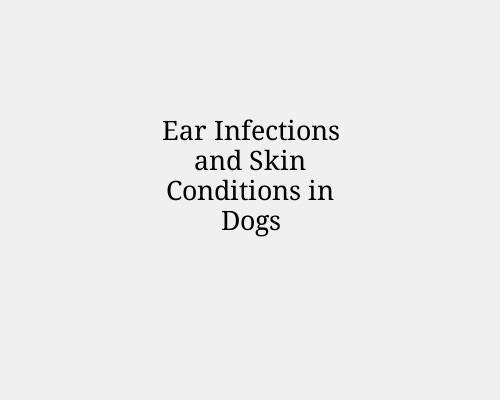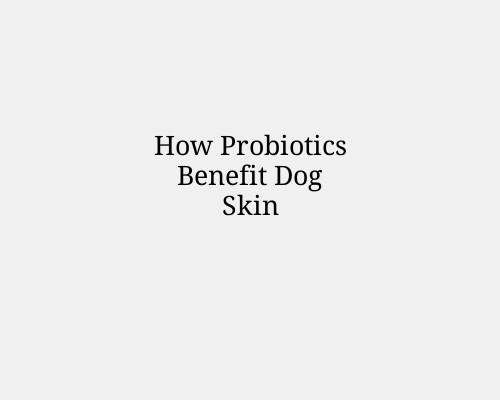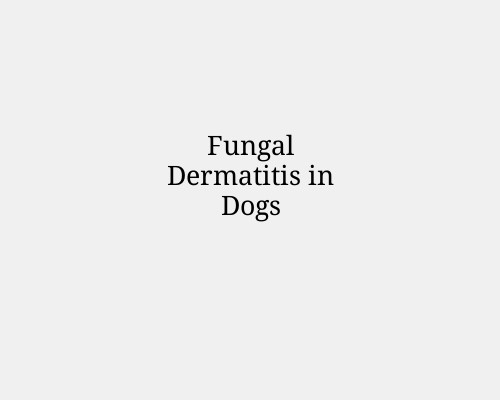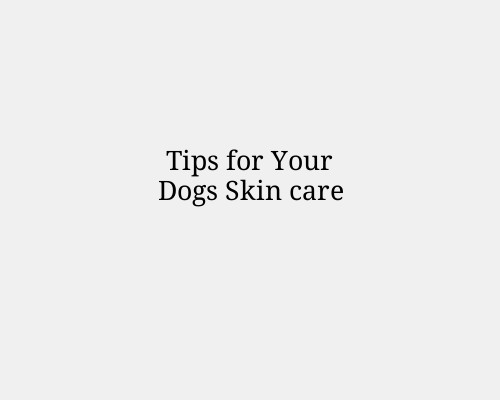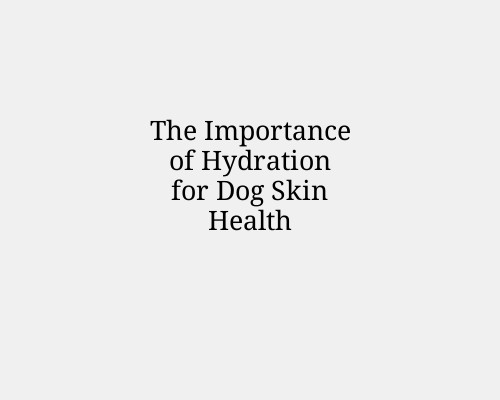Canine Dandruff
Canine Dandruff: Causes and Treatment
Canine dandruff is a common skin condition in dogs characterized by dry, flaky skin that may cause itching and discomfort. Understanding the causes and available treatment options is essential for managing this condition effectively. Below is a comprehensive guide on the causes, symptoms, and treatments for canine dandruff to help pet owners ensure their dogs' skin and coat remain healthy.
What is Canine Dandruff?
Canine dandruff refers to visible flakes of dead skin that shed from your dog’s body. These flakes are often found on the dog’s coat or bedding and may be accompanied by itching or skin irritation.
![]()
Causes of Canine Dandruff
Dry Skin
Low Humidity: Cold weather or living in low-humidity environments can dry out your dog’s skin.
Frequent Bathing: Over-bathing can strip natural oils from the skin, leading to dryness.
Allergies
Food Allergies: Certain proteins or grains can trigger skin irritation.
Environmental Allergies: Pollen, dust, and other environmental factors can contribute to skin flakiness.
Poor Diet
A lack of essential fatty acids, vitamins, or minerals may result in dry, flaky skin.
Parasites
Fleas: Flea infestations can cause intense itching and flaky skin.
Mites: Cheyletiella mites, also known as “walking dandruff,” are a specific parasite that mimics dandruff.
Fungal or Bacterial Infections
Yeast infections or bacterial skin infections can cause dandruff as a secondary symptom.
Seborrhea
A condition where the skin produces excess sebum, leading to oily or dry flakes. It can be primary (genetic) or secondary to another condition.
Hormonal Imbalances
Conditions like hypothyroidism or Cushing’s disease may cause skin changes and dandruff.
Stress
Stress or anxiety can impact the health of a dog’s skin, leading to dandruff.
Aging
Older dogs are more prone to developing dry, flaky skin due to changes in skin elasticity and oil production.
![]()
Symptoms of Canine Dandruff
Visible white flakes on the dog’s coat or bedding
Itchy or irritated skin
Redness or inflammation
Excessive shedding
Oily or greasy patches on the coat
Hair loss in severe cases
If your dog is experiencing any of these symptoms, especially if they are severe or persistent, it may indicate an underlying health issue requiring veterinary attention.

Diagnosing Canine Dandruff
A veterinarian may conduct the following to diagnose the cause of dandruff:
Physical Examination: Check for signs of dryness, redness, or parasites.
Skin Scraping: Analyse skin cells under a microscope to identify mites or infections.
Allergy Testing: Determine if environmental or food allergies are contributing factors.
Blood Tests: Rule out hormonal imbalances or underlying conditions.

Treatment Options for Canine Dandruff
Proper Grooming
Regular Brushing: Helps remove dead skin and distribute natural oils across the coat.
Bathing with Medicated Shampoo: Use shampoos containing ingredients like oatmeal, aloe vera, or salicylic acid to soothe dry skin and reduce flaking. Avoid harsh or overly fragrant shampoos.
Dietary Improvements
Essential Fatty Acids: Incorporate omega-3 and omega-6 fatty acids through supplements or fish-based dog foods to promote healthy skin.
Balanced Diet: Ensure your dog’s diet includes all essential vitamins and minerals to support skin health.
Hydration
Ensure your dog has access to clean water at all times to prevent dehydration and skin dryness.
Environmental Adjustments
Use a humidifier in dry environments to add moisture to the air.
Avoid exposure to harsh weather or drying elements.
Allergy Management
If allergies are the cause, work with your veterinarian to identify and eliminate triggers. Hypoallergenic diets or medications may be necessary.
Parasite Control
Use flea and tick preventatives to eliminate fleas, ticks, and mites. Your veterinarian may recommend medicated treatments for severe infestations.
Medications
Anti-fungal or Antibiotics: Prescribed for bacterial or fungal infections.
Steroids or Antihistamines: May be used to reduce severe inflammation or itching.
Treating Seborrhea
For dogs with seborrhea, your vet may recommend medicated shampoos and topical treatments to manage excess sebum production.

Preventing Canine Dandruff
Maintain a regular grooming schedule.
Feed a balanced, nutrient-rich diet.
Ensure proper hydration and a humidified environment.
Use flea preventatives and manage skin conditions promptly.
Monitor your dog’s skin regularly for early signs of dryness or irritation.
![]()
When to See a Veterinarian
If dandruff is accompanied by excessive itching, redness, hair loss, or if it persists despite at-home treatments, seek veterinary advice. Dandruff may be a symptom of a more serious underlying condition.
![]()
Conclusion
While canine dandruff is often a minor skin issue, it can indicate more significant health concerns if left untreated. By identifying the underlying cause and implementing appropriate treatments, pet owners can keep their dog’s skin healthy and comfortable. Regular grooming, a nutritious diet, and prompt veterinary care can go a long way in preventing and managing canine dandruff effectively.


